Space teaches nothing is impossible, head of Kazcosmos
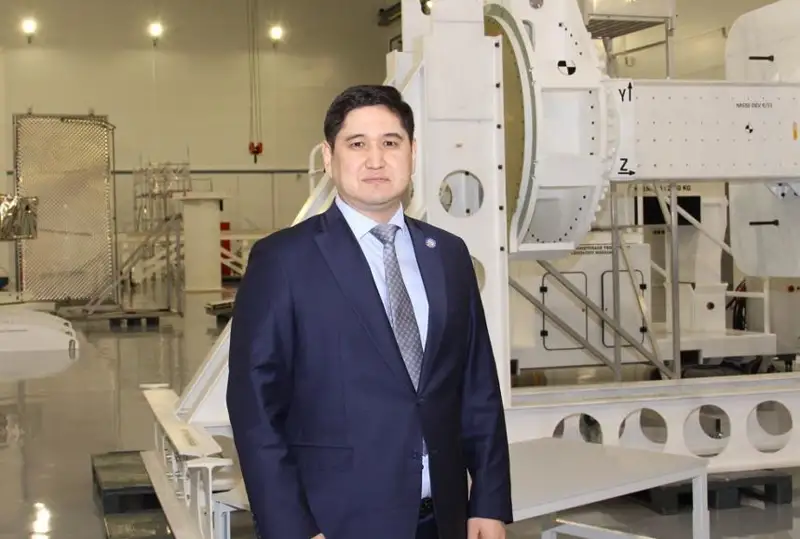
Speaking extensively, what is the space infrastructure of Kazakhstan today? Could we say that we have a space industry?
The development of the country's space activities covers five areas that are interconnected, interdependent, and consistently developing. This particular process of complex space activities and sustained development of all areas entitles us to speak about the country’s space industry system.
The first area is doing space research both basic and applied. It is noteworthy, Kazakhstan’s space started off with science, namely, with basic research conducted by the Astrophysical Institute and Ionosphere Institute. These include near and remote space exploration, solar-terrestrial relationship studies, monitoring of unique cosmological objects of the Universe, solution of big astronomic systems modeling tasks, and creation of the near-Earth space environment diagnostics and forecasting systems. Besides, our organizations carry out applied research to develop satellite technologies and to develop and build equipment for the near-Earth space environment diagnostics and forecasting systems. Another highlight is critical technologies aimed at raising Kazakhstan’s content in satellite construction, increasing the skills and competencies of our engineers.
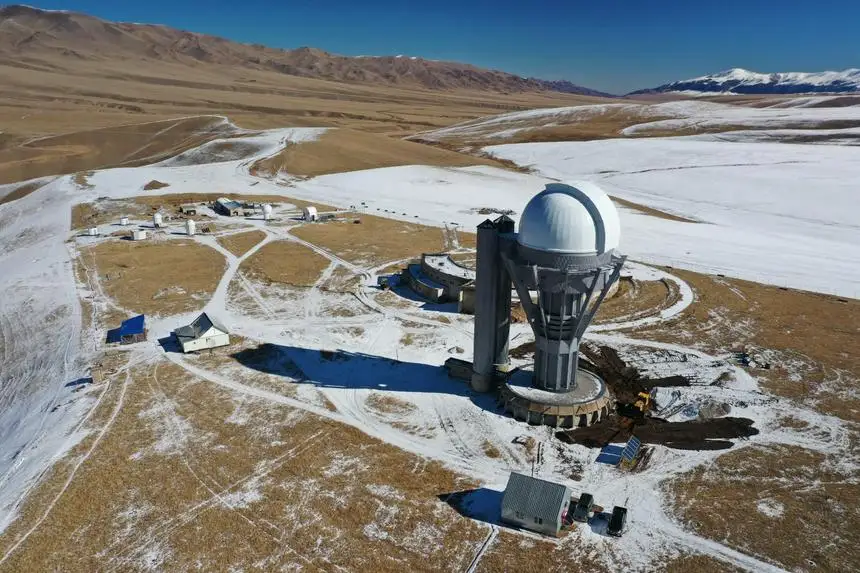
The second area is the production of space technologies which is the development of spacecraft taking into account the introduction of applied scientific developments. We have the basic infrastructure. On March 30, 2023, Kazakhstan commissioned the space vehicles assembly and testing complex located in the territory of the National Space Centre in Astana. It is called to design, produce, assemble, and test satellites weighing from 100 kg up to 6 tons. There are five production and six testing sites and three laboratories. The complex operations, including the competencies of the experts, are certified by the Airbus Company, an international partner, which will let attract international orders in the future.
Are Kazakhstani specialists ready to exploit this unique space complex?
We have all the competencies to harness such a high-tech complex. The Kazakh engineers trained at the European production sites along with French and British engineers. As a result of the joint teamwork led by our engineers five new technologies were developed under the KazSTSat technological space system development project. The KazSTSat was launched on December 3, 2018, and is being exploited for more than four years against the expected one year. The satellite placed into orbit is expected to operate for no less than seven years.
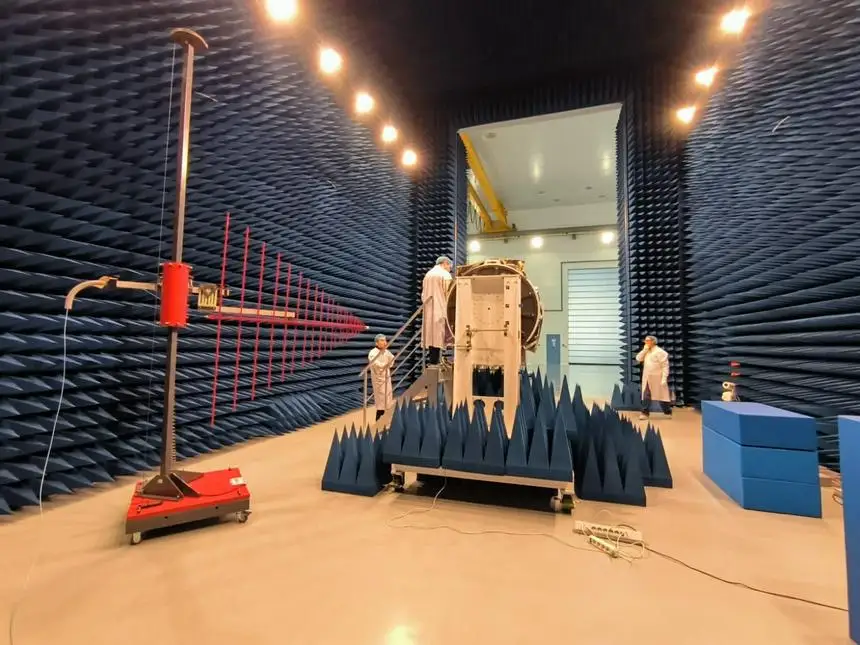
This year plans to design a group of the Earth remote sensing satellites of the average resolution, KazEOSat-MR, that will consist of no less than three space vehicles using experience gained by Kazakhstani engineers and technologies while developing the KazSTSat technological satellite.
The space vehicles assembly and testing complex boasts 100% of Kazakhstan’s content in satellites’ assembly and tests. The country’s content in Earth remote sensing satellite designing makes 50%, while no more than 10% in designing telecommunications satellites.
The third area is the launch services. Kazakhstan possesses the world’s first and largest cosmodrome Baikonur, which is leased by the Russian Federation until 2050. Despite the lease relations, Kazakhstan owns Zenit space rocket system, withdrawn from lease in 2018 for further modernization under the Baiterek Kazakh-Russian joint project. As per the project, Kazakhstan bears responsibility for the modernization of the ground launch, and the Russian side is responsible for the creation of an environmentally friendly carrier rocket Soyuz-5. Kazakh specialists are already gaining experience in working with design documentation and in operation and maintaining Zenit space rocket complex.

The fourth area is the exploitation of spacecraft and ground control software. I mean here three satellite systems of Kazakhstan consisting of five space vehicles. They are Kazsat-2, Kazsat-3 communication and broadcast satellites and Akkol, Kokterek space communication centers. JSC Republican Center for Space Communication successfully operates Kazsat space communication system.
JSC NC Kazakhstan Garysh Sapary operates two KazEOSat-1 and KazEOSat-2 Earth remote sensing satellites, while LLP Ghalam operates KazSTSat technology satellite. Kazakh design engineers were involved in the assembly of these space vehicles.
The fifth area is space technology services.
-Mr. Oralmagambetov, what can you say about the economic effect of space technologies today?
- For instance, provision of space communication services. Our communication satellites Kazsat-2 and Kazsat-3 fully meet the country’s demand in communication and TV and radio broadcasting, thus ensuring both economic benefit and information security of the state. The Republican Space Communication Center is set a task to provide internet to the most remote villages. In 2021, the project was implemented in 10 villages. This year, we plan to provide internet to more 176 villages in Kazakhstan’s regions.

Kazakhstan’s ERS satellites carry out space survey and an unbiased monitoring of all natural and human-caused changes. Kazakhstan Garysh Sapary has already created around 40 geoservices for sectoral governmental agencies. The application of these technologies in our country has also bee sophisticated.
At the first stage we offered only images. At the second stage, we analysed and interpreted these images. Now, at the third stage, we connect to business processes of governmental agencies and provide services online. I mean www.minerals.gov.kz web platform for subsoil users, vie which the companies may get a license for the extraction and exploration of solid mineral deposits.
This approach can be applied to other sectors, with a full digitizing of data and connection to business processes of governmental agencies.
Another example is JerInSpectr project created to monitor the rational use of lands with the use of ERS data.
I would like to mention also the commercialization of research projects of Kascosmos specialists. They are the EVAC (emergency call system for accidents and catastrophes) system, Transit navigation system with electronic seals on heavy transport which is being developed now. Thus, space technology is a good contribution to the country’s economy.
How can you describe the people working in space development sphere?
-A lot of young engineers and researchers are working in Kazcosmos. They are involved in satellite control activities, space vehicles development and complicated tasks on the introduction of space technologies to various sectors of economy.
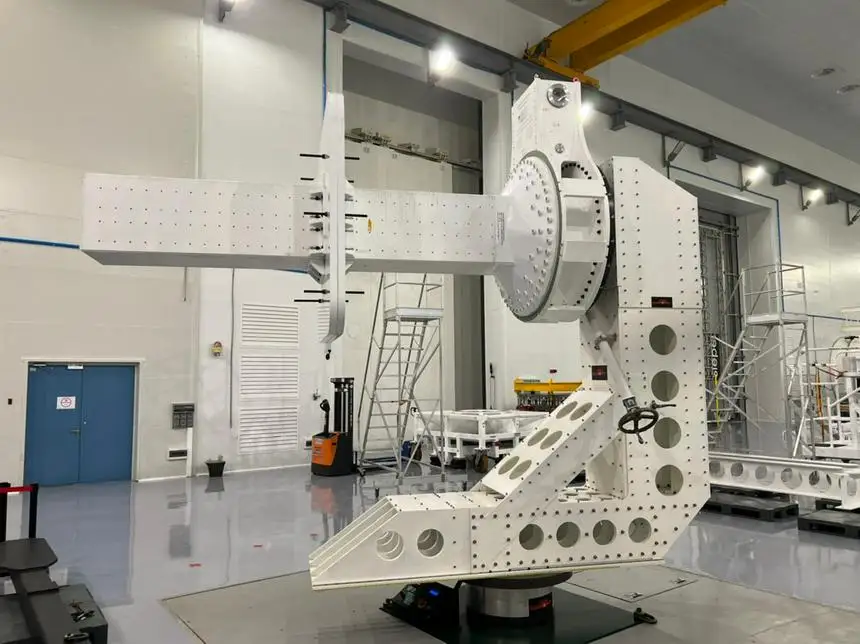
Our space industry is a people-centered, interconnected, mutually supportive ecosystem. These people are always ready for new discoveries and constantly improve their knowledge and experience.
Did you dream of being a cosmonaut?
-I dreamed of being a design engineer and I am lucky to work in this sphere. Being the chief of Kazcosmos, I focus on the following tasks: to preserve and increase the number of our space vehicles: RES satellites, communication and broadcasting satellites, to produce space vehicles based on our technologies with the involvement of Kazakhstani specialists. We need also to enhance space technology services. Today’s Cosmonautics Day is the holiday of people who believe that nothing is impossible. I want to congratulate my Kazakhstani colleagues and those from abroad, our scholars and engineers, our cosmonauts Toktar Aubakirov, Talgat Mussabayev and Aidyn Aimbetov on their professional holiday. I wish them wellbeing and new achievements for the name of peaceful space exploration.
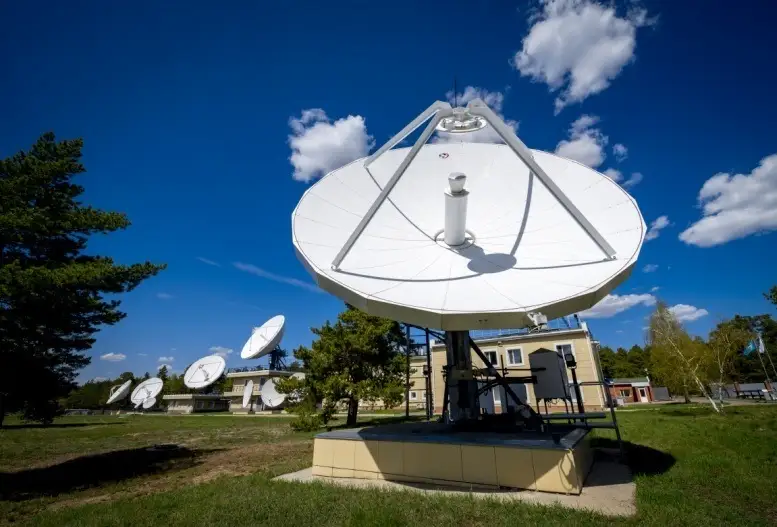
Thank you for the interview! Happy Cosmonautics Day!